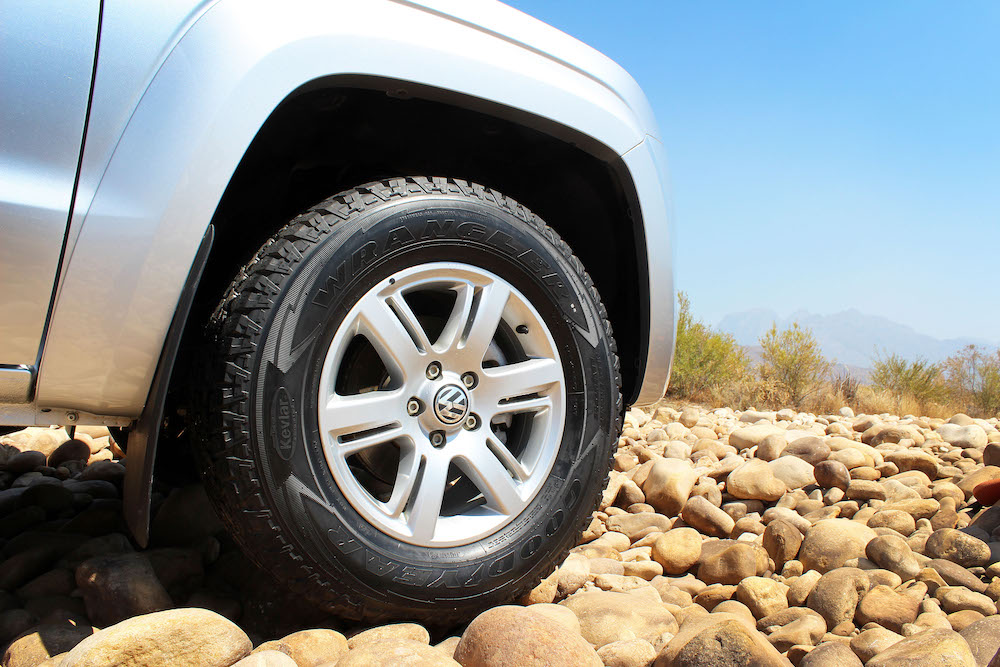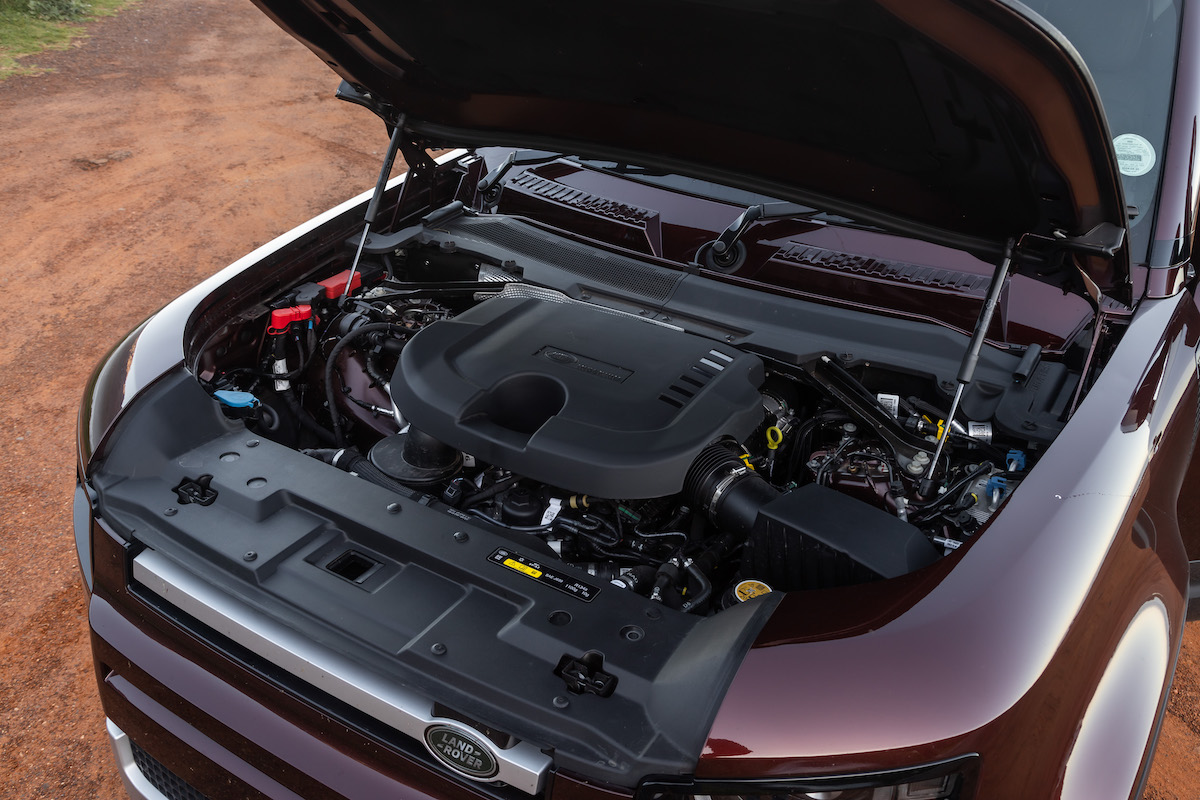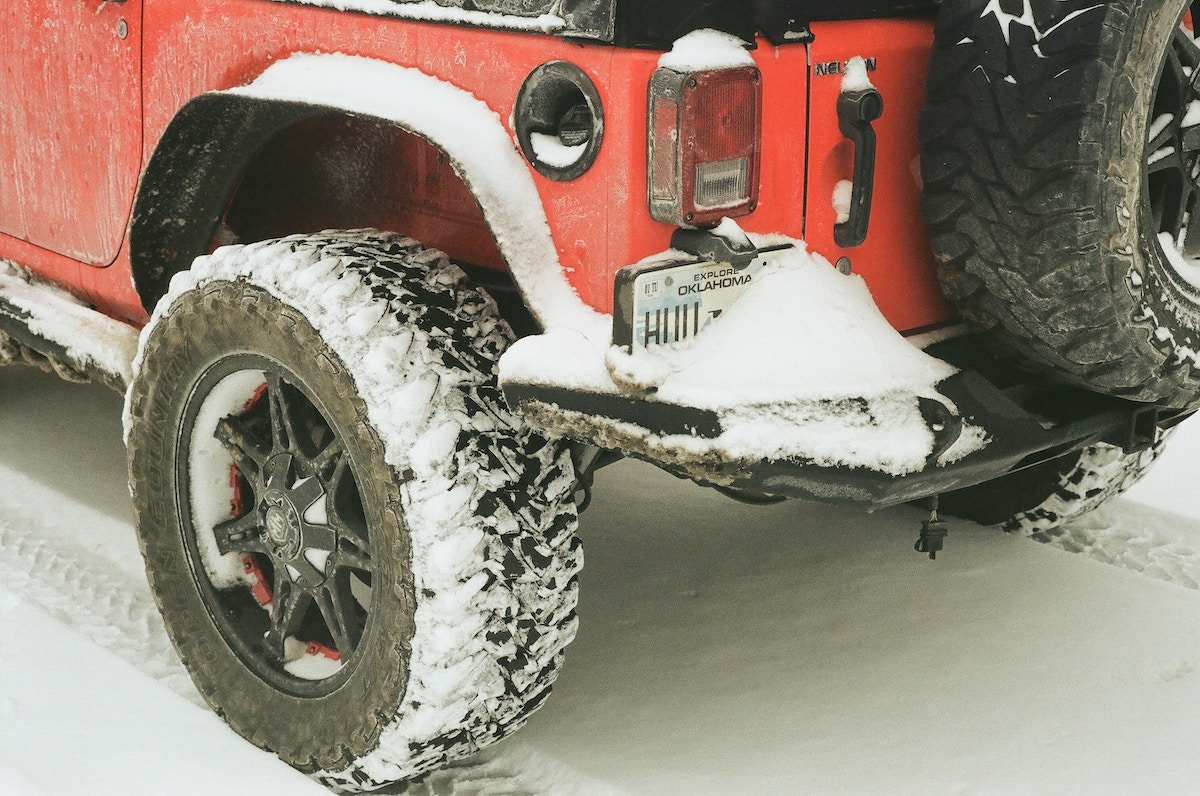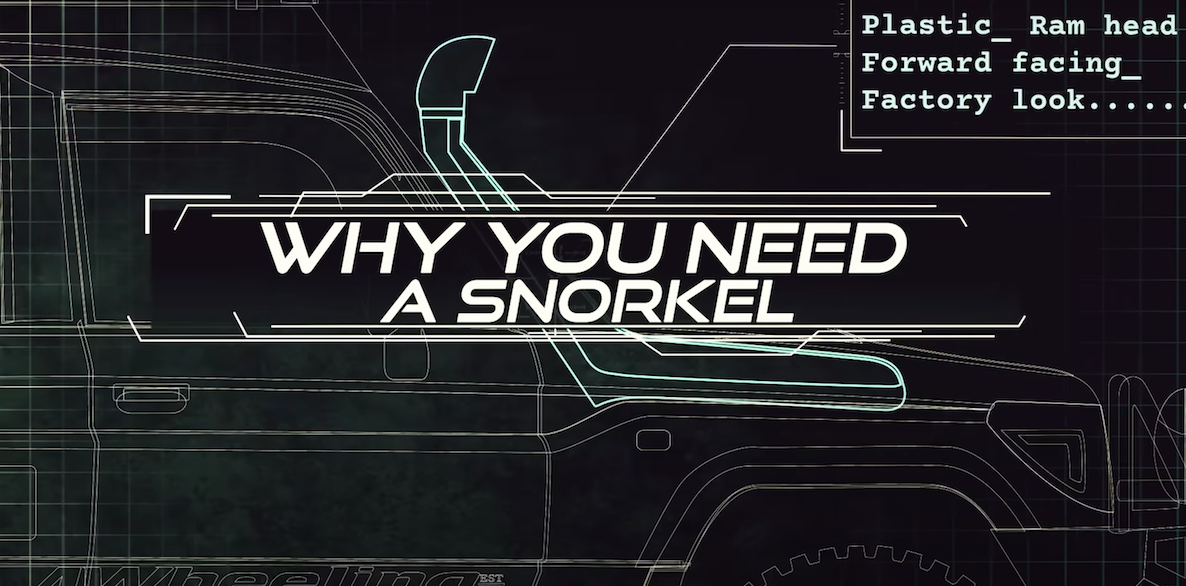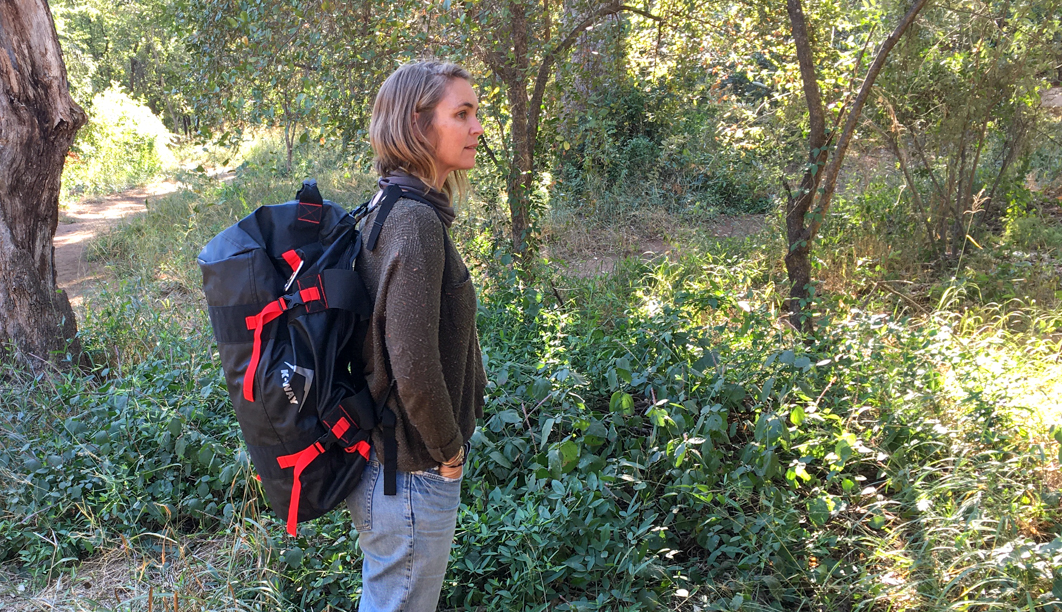With Glyn Demmer
Most off-road enthusiasts would probably agree that a spade is one of the most important recovery tools available. However, it also has a myriad other uses, says Glyn Demmer. A spade is a very useful tool around the campsite
If you camp in the bush, a spade really is a must-have piece of equipment. For example, it is essential in digging a “cat latrine” when there’s no toilet around.
It is also useful in handling hot coals around the campfire. I find that placing a few hot coals under my chair helps keep me warm on those cool winter nights. Of course, I always remove the coals when I turn in for the night, since they could cause fires and also spoil the campsite for the next group of visitors, and a spade makes all this easy to do.
I’m often asked what the best spade is for when you go bush camping and overland travelling. And I always say that any spade is better than no spade at all, so if your rusty old garden spade is the only one you have, take it along, since it will get the job done.
That said, I have tried quite a number of different spades over the years, and discovered certain models that I like.
A lot of overlanders seem to opt for the normal, straight-fronted garden shovel. They usually fit it to their roof racks. This isn’t a bad idea, since this keeps it out of the way yet accessible.
I do find, however, that these shovels aren’t ideal. They work fine around the campsite, but they aren’t great in recovery situations. Their handles are too long, making them tough to manoeuvre when working in deep sand or mud. Also, when used in hard ground, they send too much vibration through your arms.
A better alternative, I find, is a short spade with a pointed front end. The shorter handle makes it easier to dig with under a vehicle and the sharp front allows it to break into hard ground with relative ease. Also, the blades of these spades tend to be curved, which means they are also more effective at carting coals around.
My favourite spade, though, is called the entrenching tool. This is a folding spade that was designed for military use. It’s fairly small, but what it lacks in size it definitely makes up for in usefulness. When folded, it is small enough to fit behind the rear seat of a double cab, so it can stay in the vehicle permanently.
Their small size also makes them very useful in recovery situations, because they can fit into wheel arches and be used under vehicles without hassle.
Be warned, though, that getting hold of a good entrenching tool can be tough. A lot of those you find in shops are cheap imitations that will break when you need them most. If possible, try to find a true military model. My tool, bought from an army surplus store, even came with a leather pouch that sported the name of the German soldier it originally belonged to.
So is the entrenching tool the best option? For me, it is. Mine has certainly saved the day on more than one occasion. That said, you should find a spade that suits your needs and that you find comfortable.
SHOVEL SUGGESTION #1
If your vehicle allows you to stow your shovel away from the elements, it is perhaps worth polishing the blade with a wire rotary brush until all the paint is off and the shovel shines.
You can then lightly coat it in cooking oil and keep it in a plastic bag. What is the point of this? Well, when you’re in a hurry, you can wipe the blade, stick it on the coals, and prepare some bacon on it. Once the bacon’s done, you can also use it to prepare a couple of eggs!
SHOVEL SUGGESTION #2
When working in sticky clay or turf, the underside of the shovel often sticks to it, making a sucking sound as it eventually releases. To reduce this adhesion, you can drill two 10mm holes in the blade. Make sure, though, that the holes aren’t too close to the tang (the bit of the shovel that attaches to the handle).




